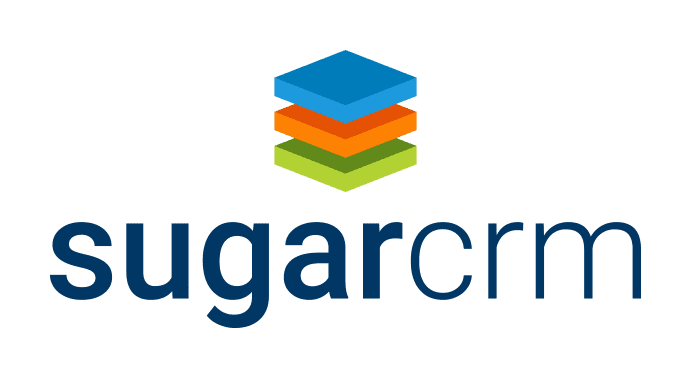Clearly defining your ERP project’s scope might be the most challenging task faced by organizations considering Sage Intacct implementation. Your scope document is the roadmap for the entire project and outlines the most critical details, including your company’s overall goals, budget, and deadlines. By clearly defining your project scope and maintaining control over changes, you also avoid the dreaded scope creep.
Scope creep happens when new requirements are added after your ERP implementation has begun, often without accounting for additional time or costs. It can happen unintentionally and originate from any of the players involved in the project, from the C-suite to the end-user. When changes are added without proper review and approval protocols, you lose your roadmap and risk derailing even the most well-intentioned of efforts.
It’s understandable how various stakeholders in your organization may push for new features once they learn all that Sage Intacct has to offer. You should expect some degree of change throughout your ERP implementation project of course, but you can and should maintain strict control over changes when they occur.
With a clearly and thoroughly defined ERP project scope and an eye toward tight adherence throughout the project, you decrease the risk of creating unnecessary work and cost overruns or losing the project focus altogether.
Controlling scope creep is a challenge but is an integral part of your Sage Intacct implementation. When the focus remains on the projected goals outlined in the scope document, you eliminate the danger of scope creep. Use the concepts below to avoid the scope creep happening during your ERP implementation.
Stakeholders and Team Management
You need a skilled team who will maintain clear communication to keep each other on the same page at all times. Starting with your project scope, detailed documentation made available to every individual involved in the project will help you adhere to project objectives to avoid scope creep.
Project stakeholders should carefully review the Statement of Work (SOW) with their ERP consultant to ensure each element meets their expectations toward achieving company goals. Designating a specific team member to be in charge of monitoring the project for any progression toward scope creep is a great way to avoid it. This person will be able to raise the first alarms and reel the project back in before costly delays affect your ERP implementation success.
Communicating Change
We are not suggesting that any and all change which occurs after commencing your ERP project is unwarranted. You should expect and remain prepared for some surprises, but to avoid scope creep, you need to have strict change control processes in place. Once the scope is defined, it can only be changed through the proper change management appropriations, which also addresses any shifts in the project requirements.
Communicating any change in your ERP implementation requirements needs to be a top priority. Your internal team members and ERP consultants should regularly assess whether progress aligns with the original scope document. When valid changes are requested, decisions need to be made whether the changes are critical and how the changes may affect the existing timeline and budget. Often it becomes necessary to prioritize changes which need to be in place upon launch date amongst those changes which can be completed post-implementation.
An ERP implementation project is an investment into your business and as with any business disruption, you can expect some hiccups to occur. With a thorough project scope and readily available detailed change documentation processes, you remain prepared for unexpected surprises and are better able to adapt to necessary changes and enjoy ERP implementation success.
This white paper will walk you through six of the biggest mistakes you can make in your ERP decision process and show you how you can avert them.Learn More Here

